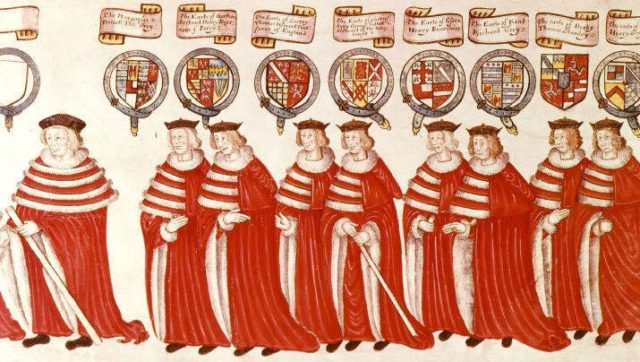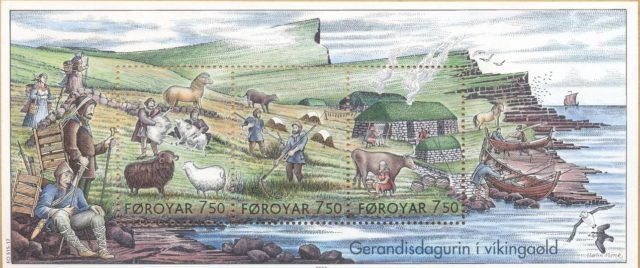The Vikings’ society saw their social order split into the caste system. This meant rank was dependent on which class their citizens fell into. This was an early form of the hierarchical system, and along with it came the divisions in their society.
Vikings were farmers, fishermen, and raiders. Most of them first appeared around 100 BC and were from Scandinavia. They had the following three-class system in place:
- Aristocracy (Jarl or Earl)
- Farmers (Karl)
- Slaves (Thrall)

It was possible to move across the class divide, but slaves were traded like any other commodity. There is evidence that there was trading with Arabs as early as 8th century BC.
Factors that influenced the Viking social structure began during the 2nd century BC, and according to the well-renowned expert Tina Thurson, it is traced to the “Drott,” the warlords of the time, which might have been the highest social structure.

They were the mightiest fighters of the early age. They commanded the respect of the rest of the society. They were Warlords who garnered respect from other warriors. They were not chosen in terms of lineage. There was a distinction between them and the elitists of the era. The elitists were kings who were elected into the position and had other warriors pledge their allegiance to them.
Regarding the Drott structure, they had their own court made up of some advisers. These advisers included:
- The young warriors known as Drang;
- A mature warrior referred to as Theng;
- A vessel chief called Skeppare;
- The lowest of the elite soldiers called Himtiki or housekarls;
- The settlement population referred to as Folc.
During the 9th century, tension arose between the Drott and the aristocrats. This created a dualistic second class who vied for power against the Drott. One of the famous kings of the 9th century was Danish King Godfred. He was ambitious and had established his seat of power at Hedeby. He was prepared to attack his neighbors but was assassinated by his son in 811. This example of the second class of elitist aristocrats which challenged the Drotts had become common during this period, About Education reported.

During the 11th century, sophisticated societies were formed. These societies were a multi-class hierarchical system led by dynastic aristocrats.
Their right to leadership was not chosen by election but by birthright. Their societies were heterogeneous, thus constructed of networks of religious and non-religious sections.
